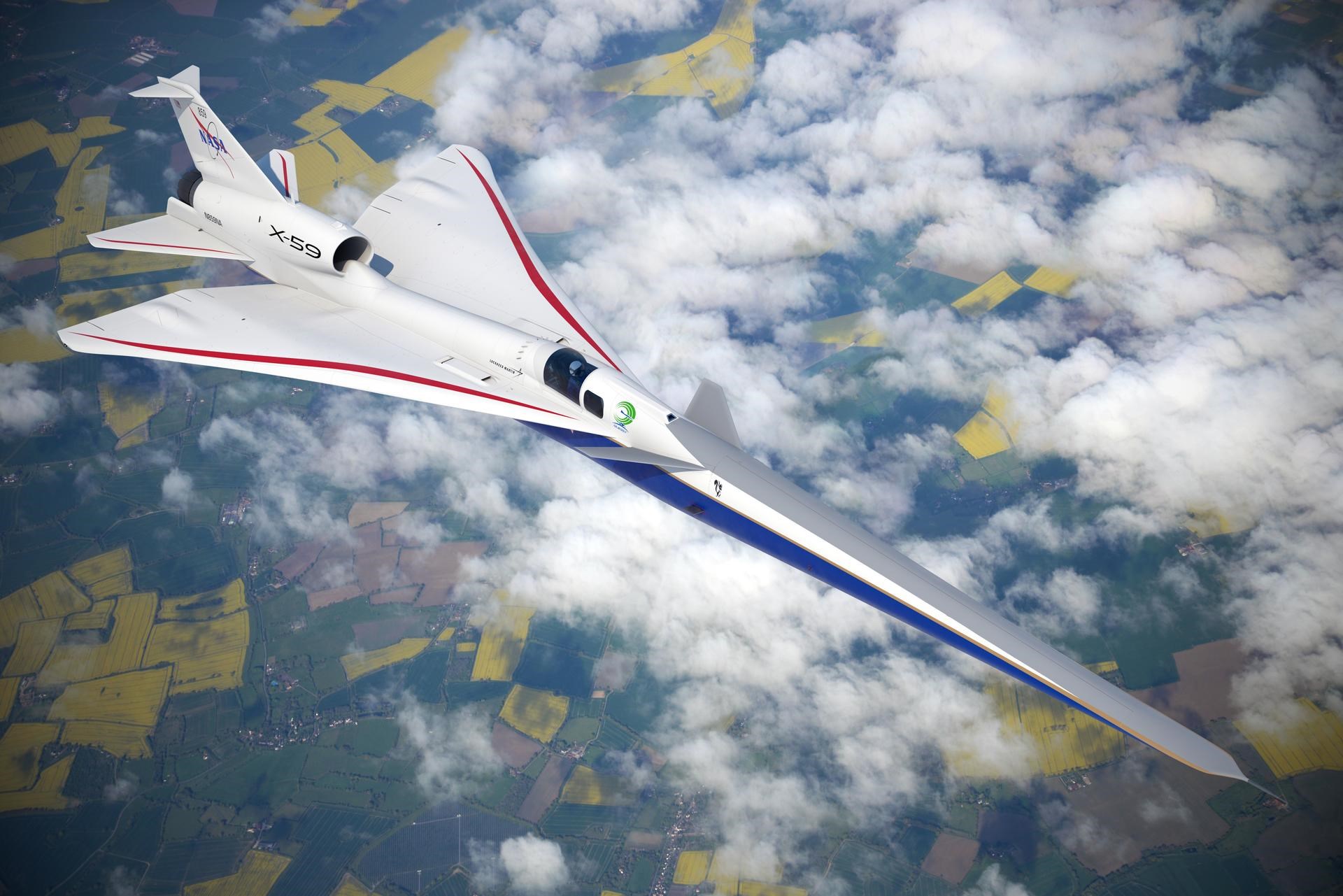 In a statement made a while ago, NASA decided to postpone the X-59 Quesst supersonic first flight due to various technical difficulties identified throughout 2023. However, despite this delay, developments within the aircraft continue. The X-59 was finally moved to the paint warehouse at Lockheed Martin’s facility. It will be painted predominantly in white and “sonic blue” colors. This paint will also protect the aircraft from moisture and corrosion.
In a statement made a while ago, NASA decided to postpone the X-59 Quesst supersonic first flight due to various technical difficulties identified throughout 2023. However, despite this delay, developments within the aircraft continue. The X-59 was finally moved to the paint warehouse at Lockheed Martin’s facility. It will be painted predominantly in white and “sonic blue” colors. This paint will also protect the aircraft from moisture and corrosion.First flight postponed to 2024
The X-59 aircraft, the most important part of NASA’s Quesst mission, is an experimental aircraft designed to fly faster than the speed of sound and reduce the noise produced when it breaks the sound barrier. Ground noise is expected to be around 60 dB(A), approximately 1/1000th that of current supersonic aircraft. This is achieved by using a long, narrow fuselage and wings to prevent shock waves from combining. The sonic boom noise the plane will make over land is expected to be equivalent to slamming a car door. The aim is for X-59 to measure public reaction by conducting tests on land. If successful, supersonic flights over land could return again.
 Earlier this year, NASA was planning for the X-59 to fly in 2023 if everything goes according to schedule. However, in the latest statement made by NASA, it was stated that the first flight will be in 2024.
Earlier this year, NASA was planning for the X-59 to fly in 2023 if everything goes according to schedule. However, in the latest statement made by NASA, it was stated that the first flight will be in 2024.NASA said the plane combines new technology with systems and components from a number of established aircraft, such as landing gear taken from the F-16 fighter and a life support system adapted from the F-15. Stating that it takes time to make these systems interoperable, NASA states that they will announce a more specific date after the integration tests.
The X-59 will be 29 meters long and have a wingspan of 9 meters and its maximum takeoff weight will be 14,700 kg. Powered by a General Electric F414 engine, the aircraft will be able to reach a cruise speed of Mach 1.42 (1,510 km/h) at an altitude of 55,000 feet. Such high speeds will significantly reduce flight times between destinations.